KEEPING COLD AIR FROM ENTERING. AT THE RIM JOISTS
Store fiberglass scraps in a garbage bag. Spare and scrap pieces of fiberglass can easily blow all over a job site. To keep this fluffy material under control, put it in a large plastic garbage bag. Partial rolls can also be stored in a plastic bag until needed.


![]()
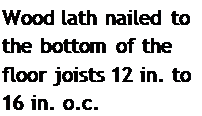
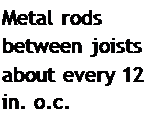

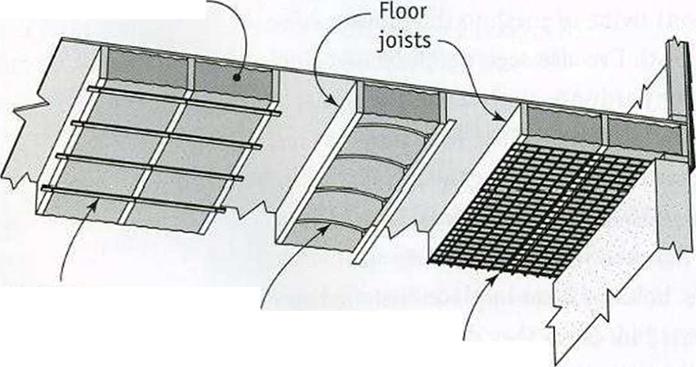
STEP 3 Install Vapor Barriers (if Necessary)
Unlike housewrap, a properly installed vapor barrier is supposed to be impermeable. Vapor should not pass through it. Different materials are used as vapor barriers. The kraft-paper facing on fiberglass batt insulation is designed to function as a vapor barrier. To form a continuous barrier, the paper flanges must overlap on the sStud face, where they are stapled in place. Polyethylene sheeting is also commonly used as a vapor barrier. Thin (6 mil), clear “poly” sheet material is stapled to the face of studs, attic joists, and (on cathedral ceilings) rafters. The barrier is kept continuous by overlapping adjoining sheets and sealing the overlap with silicone or another sealant.
Its much easier to describe what a vapor barrier does than to explain why it is essential in some situations but not in others. I once
Techniques THE AC ALTERNATIVE: A WHOLE-HOUSE EXHAUST FAN




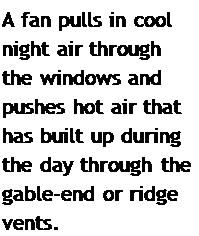
![]()
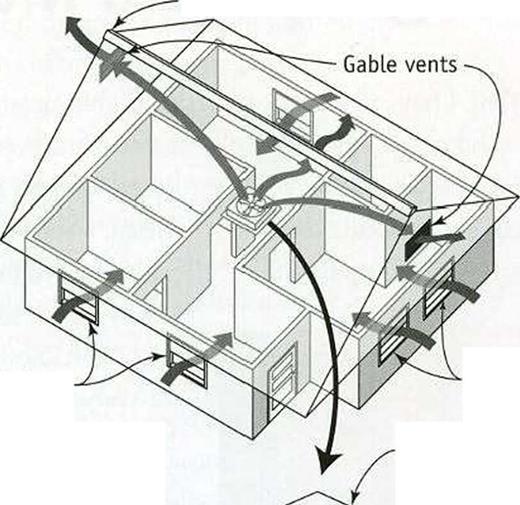
![]()



ALTHOUGH IT IS NOT IDEAL in all climates or seasons, a whole-house fan can be a very attractive alternative to air – conditioning. A simple fan is more reliable and less expensive than a single window – mounted AC unit, and it can effectively cool an entire house. As shown in the illustration at right, the principle is simple: A single, centrally located fan pulls in fresh air through open windows and blows hot indoor air outside. By turning the fan on in the evening and opening all major windows, it’s possible to quickly cool a house that has become hot during the day.
These fans work best in dry climates, or at least when the air is cool and dry outdoors. In the winter, when the fan is not being used, it must be protected with an insulated cover to prevent heated air from entering the attic space. I make a simple cover from plywood and then glue several layers of rigid foam to the top and sides.
had to tear out an entire wall that had rotted because the house had no vapor barrier. There was so much water trapped in the walls that you could literally wring it out of the insulation. A vapor barrier would have prevented such damage.
To understand why and where a vapor barrier is important, imagine what happens when someone takes a long, hot shower in your home when its freezing cold outside.
The bathroom is foggy with water vapor, and some of that warm, humid air makes its way into the attic and the exterior walls. The air can easily pass through openings around electrical outlets and light fixtures and even
through the gypsum board itself, which absorbs moisture readily. At some point, the temperature in the attic and the exterior walls drops enough to cause condensation. This dew point can occur in the middle of the attic or wall insulation or against roof and wall sheathing. Over the course of a cold winter, a steady supply of moist interior air can easily accumulate, causing soggy insulation, mold, and rotten wood.
A vapor barrier prevents the movement of vapor from a warm area to a cold surface. In cold climates, it should definitely be installed right underneath the drywall, paneling, or other interior wall finish material. Instructions







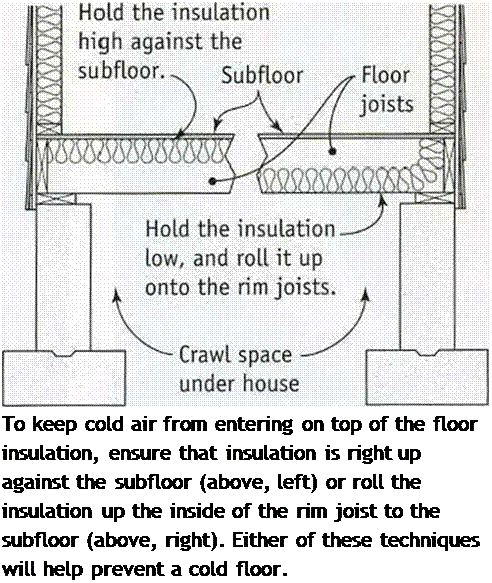
Leave a reply